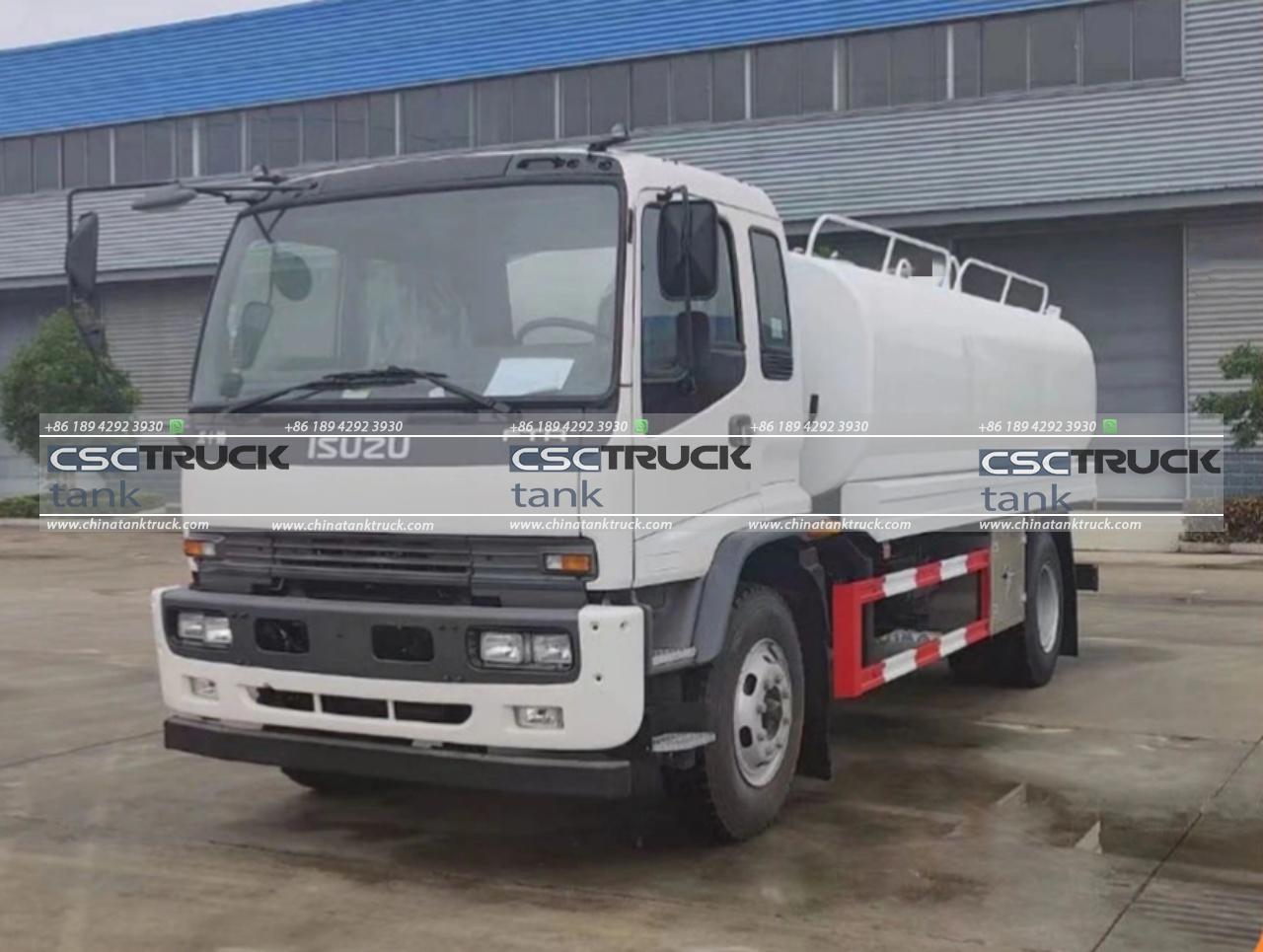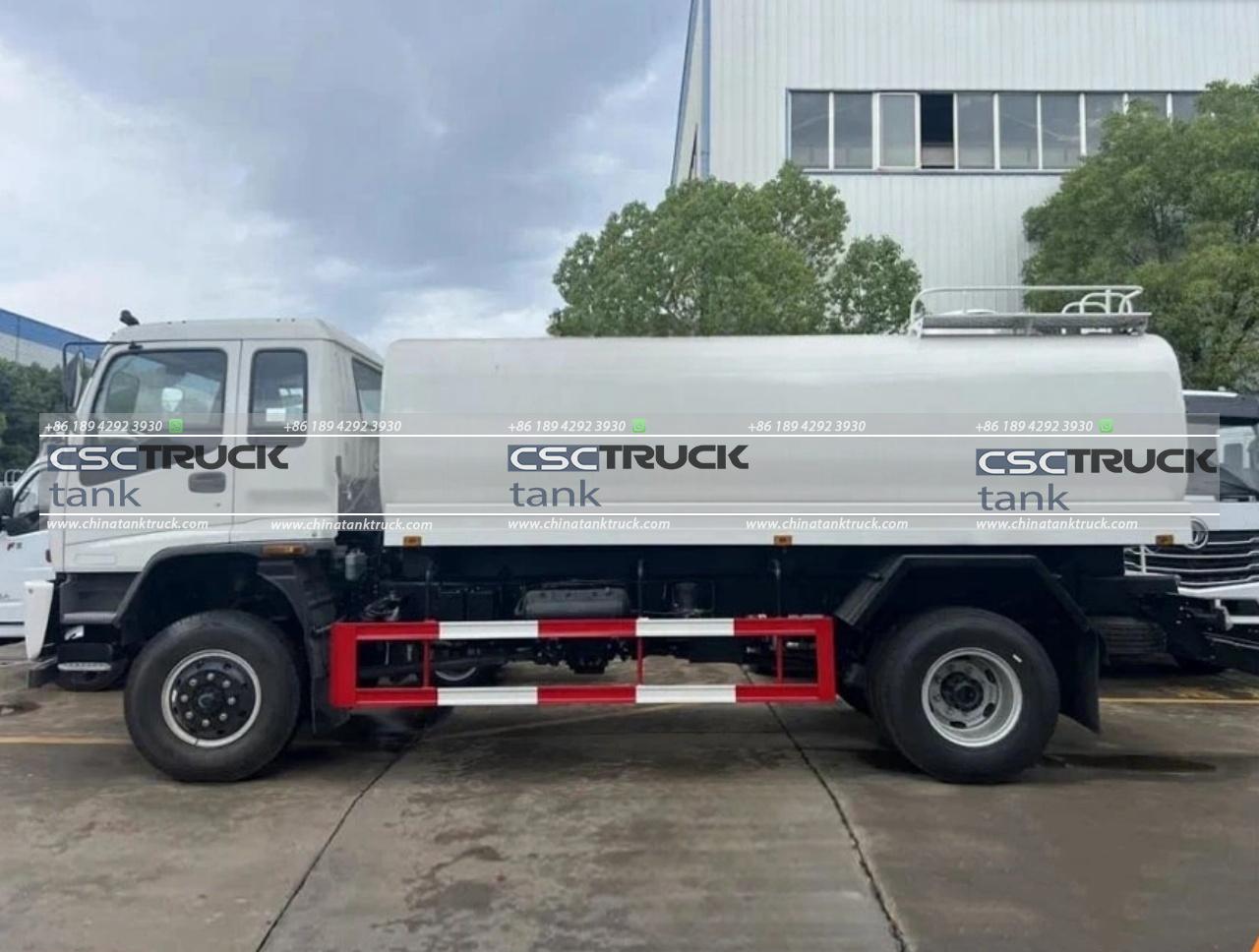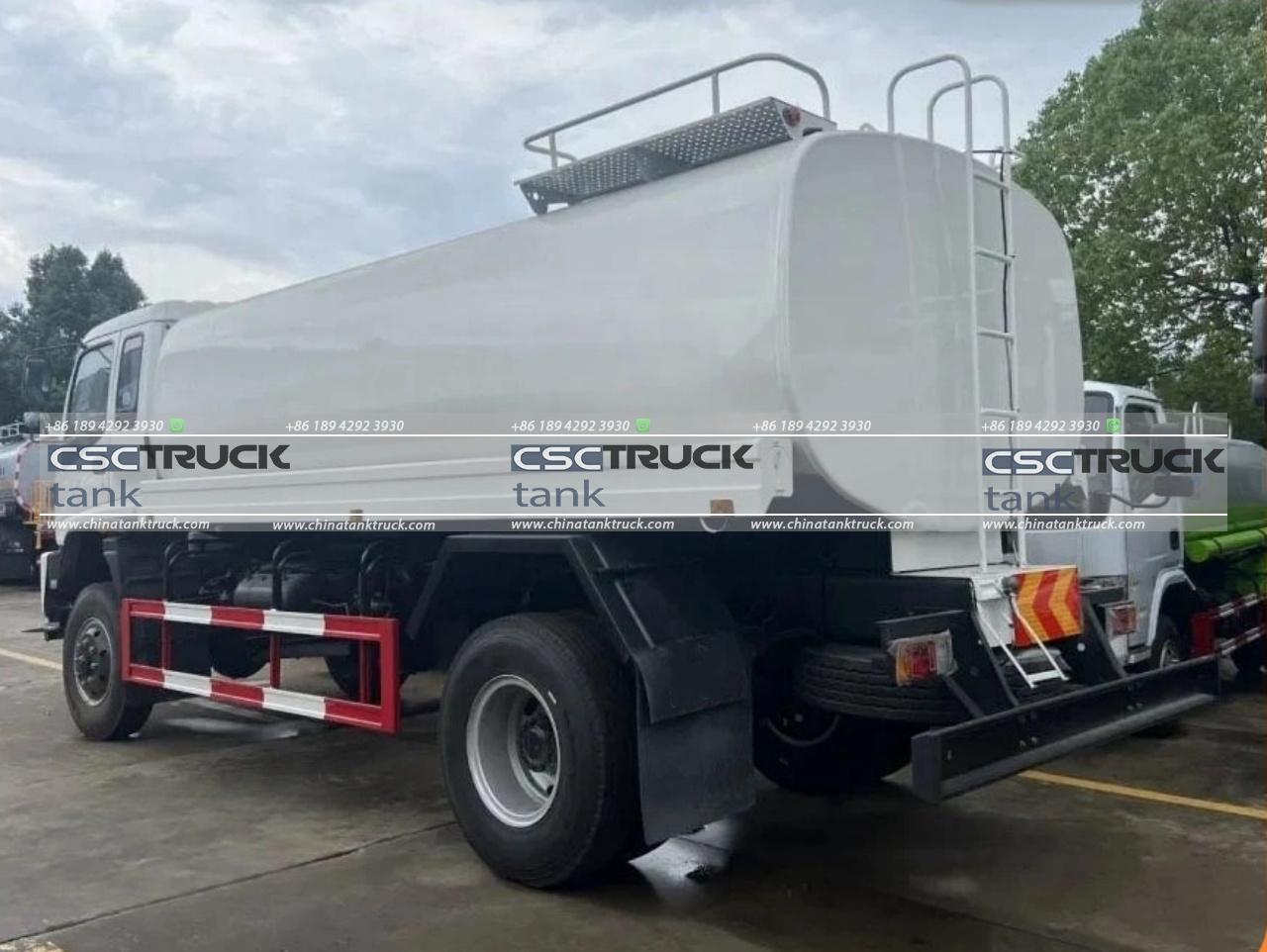How Long Are Milk Tankers? An In-Depth Look at Their Size, Structure, and Significance
Milk tankers are a vital link in the dairy supply chain, ensuring that fresh milk reaches processing plants from farms in a safe, efficient, and timely manner. These specialized vehicles are designed to transport large volumes of milk while maintaining strict hygiene standards to preserve its quality. The size and structure of milk tankers are crucial in this process, directly influencing their capacity, operational efficiency, and compliance with road regulations. This article delves into the specifics of milk tanker lengths, examining the factors that determine their size and the implications for the dairy industry.
The Standard Size of Milk Tankers
The length of a milk tanker varies depending on the type of vehicle and the regulations in the region where it operates. On average, a milk tanker in the United States or Europe is between 40 and 53 feet long (approximately 12 to 16 meters). This length includes both the tractor unit, which houses the engine and driver’s cabin and the trailer, which contains the milk tank.
1. Tractor Units
The tractor unit typically measures between 15 to 20 feet (4.5 to 6 meters) in length. This part of the vehicle is crucial as it provides the power needed to haul the heavy load. The size of the tractor unit can vary based on the manufacturer and model, with some designs optimized for fuel efficiency and others for power and durability.
2. Milk Tank Trailers
The trailer, which contains the actual milk tank, usually measures between 25 to 40 feet (7.5 to 12 meters). The length of the trailer is largely determined by its capacity, which can range from 5,000 to 8,000 gallons (18,927 to 30,283 liters) of milk. Larger trailers are used for long-haul transportation or when servicing large dairy farms, while smaller trailers may be used for shorter distances or in areas with road restrictions.

Variations in Milk Tanker Sizes
While the average milk tanker falls within the 40 to 53-foot range, there are variations based on specific needs and regional regulations. In some countries, particularly those with extensive road networks and less stringent size restrictions, milk tankers can be even longer. For example, in Australia, milk tankers can reach lengths of up to 65 feet (approximately 20 meters) when using a combination of a tractor unit and a semi-trailer.
1. B-Double Tankers
In regions like Australia, New Zealand, and parts of Europe, B-double tankers are commonly used. These consist of a tractor unit pulling 2 trailers connected by a fifth wheel. The combined length of B-double tankers can be as long as 85 feet (26 meters). These vehicles are highly efficient for transporting large volumes of milk over long distances, reducing the number of trips required and thus operational costs.
2. Smaller Tankers for Urban Areas
In contrast, smaller milk tankers are often used in urban areas or regions with narrow roads and tight corners. These tankers may be as short as 30 feet (9 meters) to ensure they can navigate through city streets or rural roads that are not suitable for larger vehicles. These smaller tankers are essential for collecting milk from farms in hard-to-reach areas and then transferring it to larger tankers at collection points.
Factors Influencing Milk Tanker Length
Several factors influence the length of a milk tanker, including regulations, the scale of the dairy operation, and the geography of the area where the tanker operates.
1. Regulatory Compliance
Different countries and regions have specific regulations governing the size and weight of vehicles allowed on public roads. These regulations are designed to ensure road safety, protect infrastructure, and reduce environmental impact. In the United States, for example, federal law limits the length of commercial vehicles to 53 feet on interstate highways, but states may have additional restrictions. In Europe, the maximum allowed length for a semi-trailer is typically 16.5 meters (about 54 feet), although this can vary by country.
2. Capacity Requirements
The length of a milk tanker is directly related to its capacity. Larger dairy farms or cooperatives that produce high volumes of milk daily require tankers with larger capacities, which in turn require longer trailers. This need is especially pronounced in regions with extensive dairy production, where maximizing the volume of milk transported per trip is essential for efficiency.
3. Geographic Considerations
The geography of the region also plays a significant role in determining the size of milk tankers. In areas with wide-open spaces and long distances between farms and processing plants, such as in Australia or the American Midwest, longer tankers are more common. These regions benefit from the use of larger vehicles that can cover greater distances without needing to reload or refuel frequently. Conversely, in areas with challenging terrains, such as mountainous regions or areas with many small farms, shorter, more maneuverable tankers are preferred.

The Importance of Milk Tanker Size in the Dairy Supply Chain
The length and size of milk tankers are critical to the efficiency and sustainability of the dairy supply chain. Larger tankers can transport more milk per trip, reducing the number of journeys required and thus lowering fuel consumption and emissions. This efficiency is crucial in today’s context of rising fuel costs and increased focus on reducing the carbon footprint of agricultural activities.
Moreover, the ability to transport large volumes of milk quickly and safely is essential for maintaining the freshness and quality of the product. Milk is highly perishable, and any delays in transportation can lead to spoilage. By using appropriately sized tankers, dairy companies can ensure that milk is delivered to processing plants promptly, preserving its quality and reducing waste.
Conclusion
Milk tankers are a crucial component of the dairy industry, and their size plays a significant role in their operational efficiency. While the average milk tanker is between 40 and 53 feet long, variations exist to accommodate different needs and regional regulations. Understanding the factors that influence the length of milk tankers helps in appreciating their role in ensuring that fresh, high-quality milk reaches consumers around the world. As the dairy industry continues to evolve, the design and size of milk tankers will likely adapt to meet new challenges, ensuring that they remain a vital link in the supply chain.


